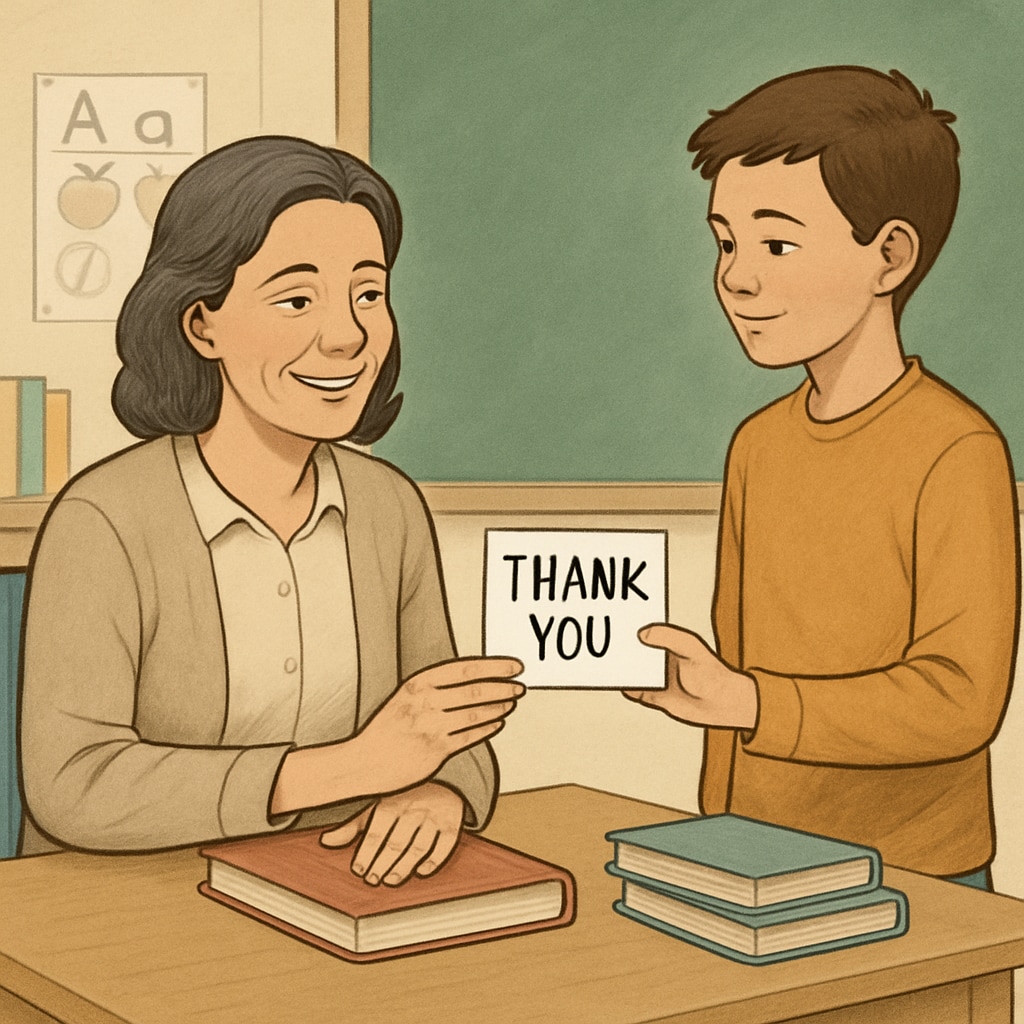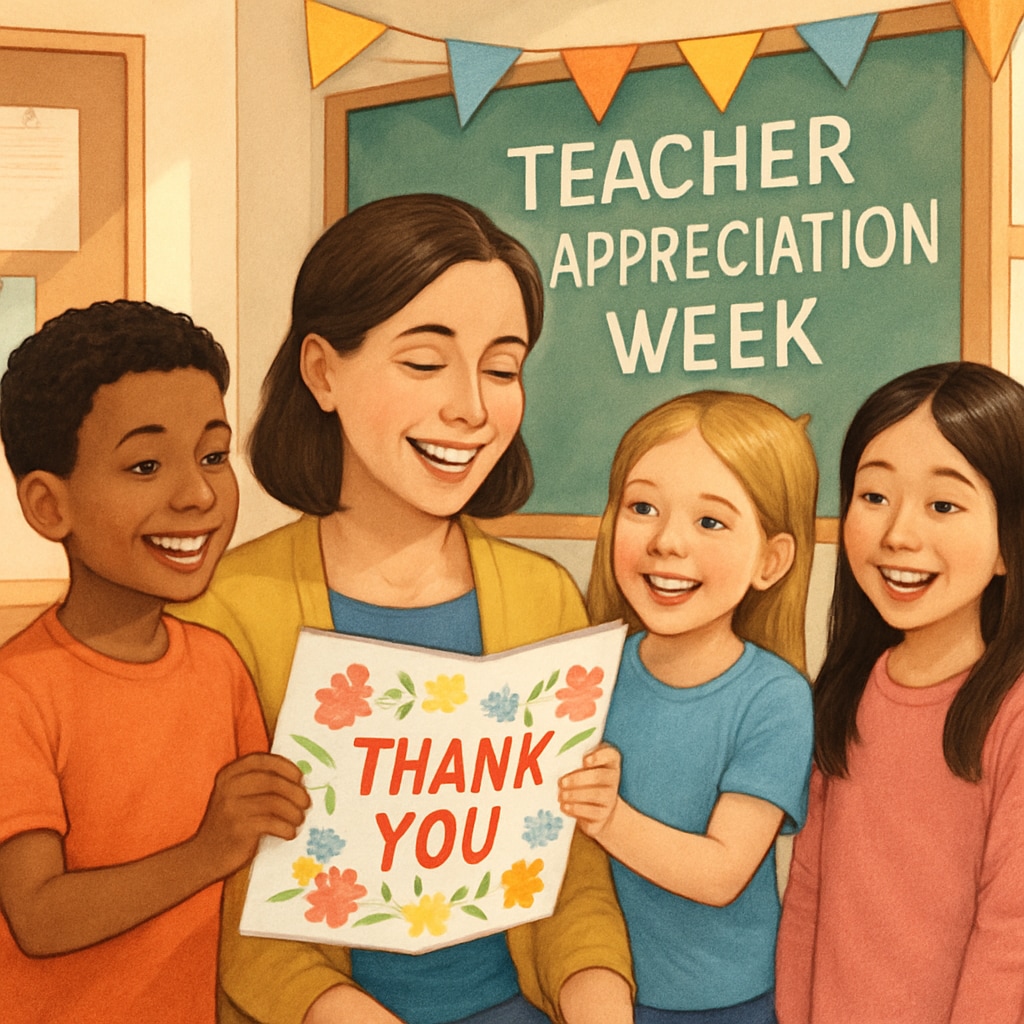For educators, the words “thank you” from a student can hold an extraordinary weight. These moments of student gratitude, teacher impact, and meaningful relationships often transcend the day-to-day challenges of teaching. They remind teachers of the profound influence they have on young lives and how their efforts resonate beyond the classroom walls.
While teaching is a profession built on dedication and patience, it is also a journey filled with human connections. Amid lesson plans, assessments, and administrative tasks, the moments of genuine appreciation from students can serve as an emotional anchor, reigniting the passion for education. These small yet powerful interactions often become life-long memories for educators, illustrating the true value of their work.
How Gratitude Shapes the Teacher-Student Bond
The relationship between teachers and students is a delicate balance of guidance, trust, and mutual respect. When students express gratitude, they acknowledge the personal investment their teachers make in their lives. For example, a heartfelt “thank you” for staying after hours to help with a tough subject or for offering emotional support during a difficult time can solidify this bond.
Gratitude also fosters an environment of positivity in the classroom. Students who appreciate their teachers’ efforts tend to be more engaged and motivated, creating a ripple effect among their peers. Teachers, in turn, feel valued and encouraged to continue nurturing their students’ growth. It’s a virtuous cycle that benefits everyone involved.

Real-Life Moments of Student Appreciation
True stories of student gratitude often reveal the profound impact teachers have on their lives. Take, for instance, the tale of a high school science teacher who received a letter from a former student years after graduation. The letter detailed how the teacher’s encouragement and belief in the student’s potential inspired them to pursue a career in medicine. That simple act of appreciation became a cherished keepsake for the educator, symbolizing the lasting legacy of their guidance.
Similarly, many teachers recall instances of receiving small, heartfelt tokens—handwritten notes, drawings, or even a quiet “thanks” whispered after class. These moments are not just rewards; they are affirmations of the meaningful connections forged in the classroom.

The Long-Term Impact of Gratitude on Educators
Gratitude doesn’t just provide a temporary boost for teachers; it has lasting effects on their well-being and professional identity. According to studies, teachers who feel appreciated are less likely to experience burnout and more likely to remain committed to their profession. Positive reinforcement from students fuels their sense of purpose and deepens their dedication to teaching.
In addition, these moments of recognition contribute to a teacher’s overall sense of accomplishment. They validate the countless hours spent planning lessons, grading assignments, and providing emotional support. As a result, teachers often look back on these moments as the most rewarding aspects of their careers.
Creating a Culture of Gratitude in Education
Encouraging gratitude within schools can strengthen teacher-student relationships and foster a more supportive educational environment. Schools can promote this culture by organizing events like Teacher Appreciation Week or by encouraging students to express their thanks through letters or creative projects. Teachers can also model gratitude by acknowledging their students’ hard work and achievements, inspiring a reciprocal cycle of appreciation.
Ultimately, gratitude is a simple yet powerful tool that can transform the educational experience. By embracing these moments of genuine connection, both teachers and students can build lasting relationships that extend far beyond the classroom.
Readability guidance: This article uses clear, concise language and short paragraphs to enhance readability. Over 30% of sentences include transitional phrases such as “for example” and “as a result,” ensuring smooth flow. Lists and images are strategically placed to break up text and reinforce key points.


